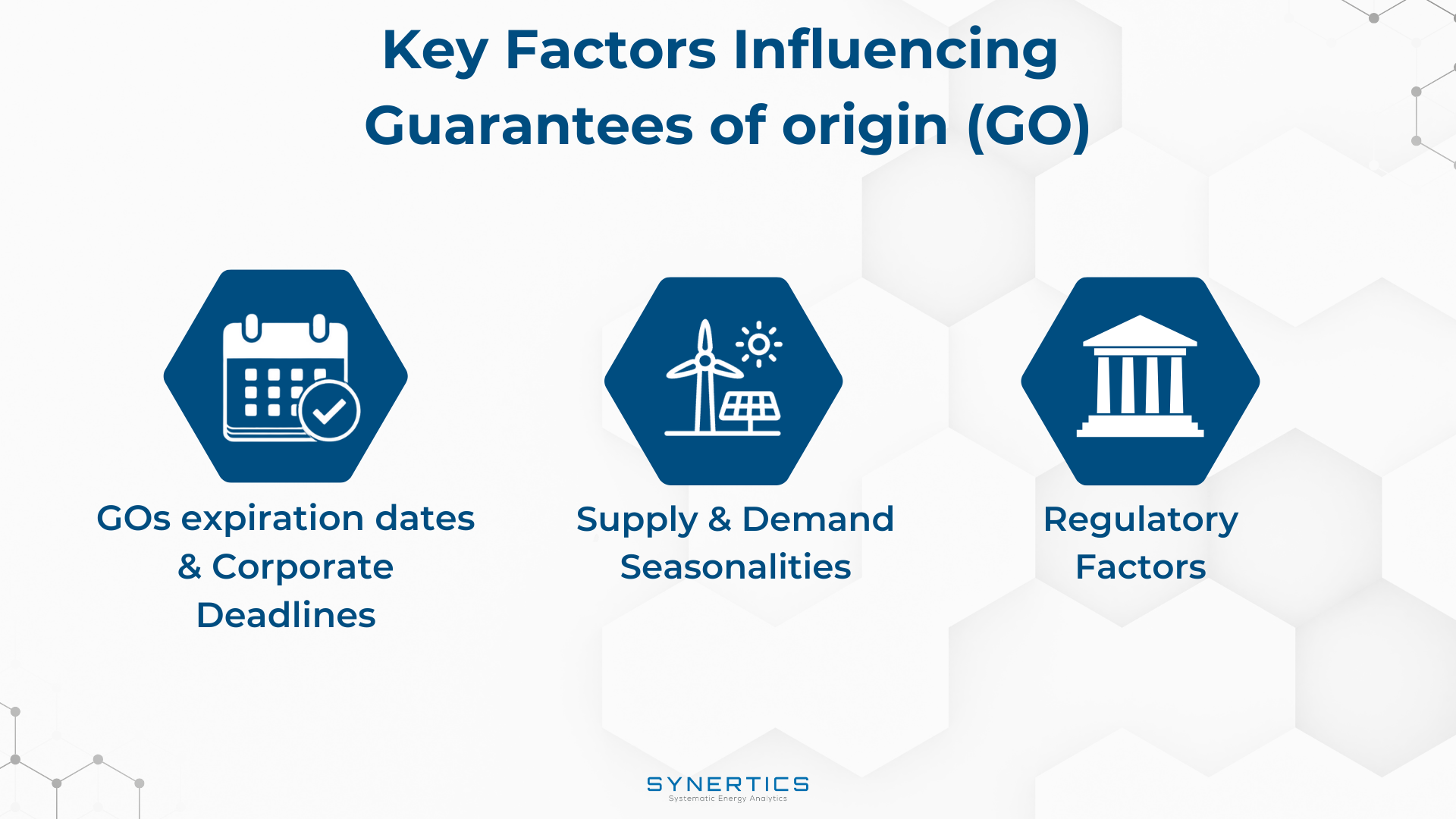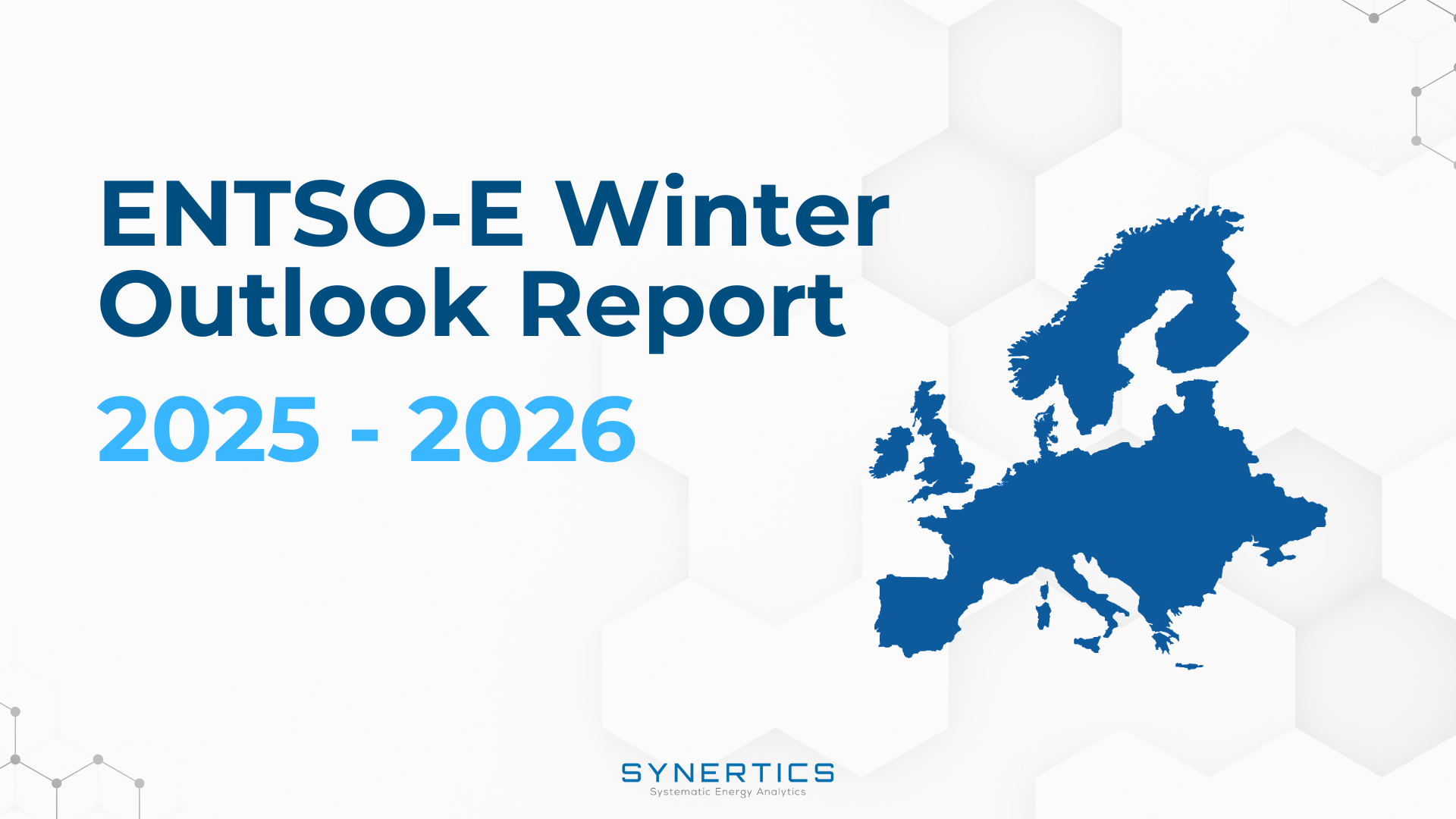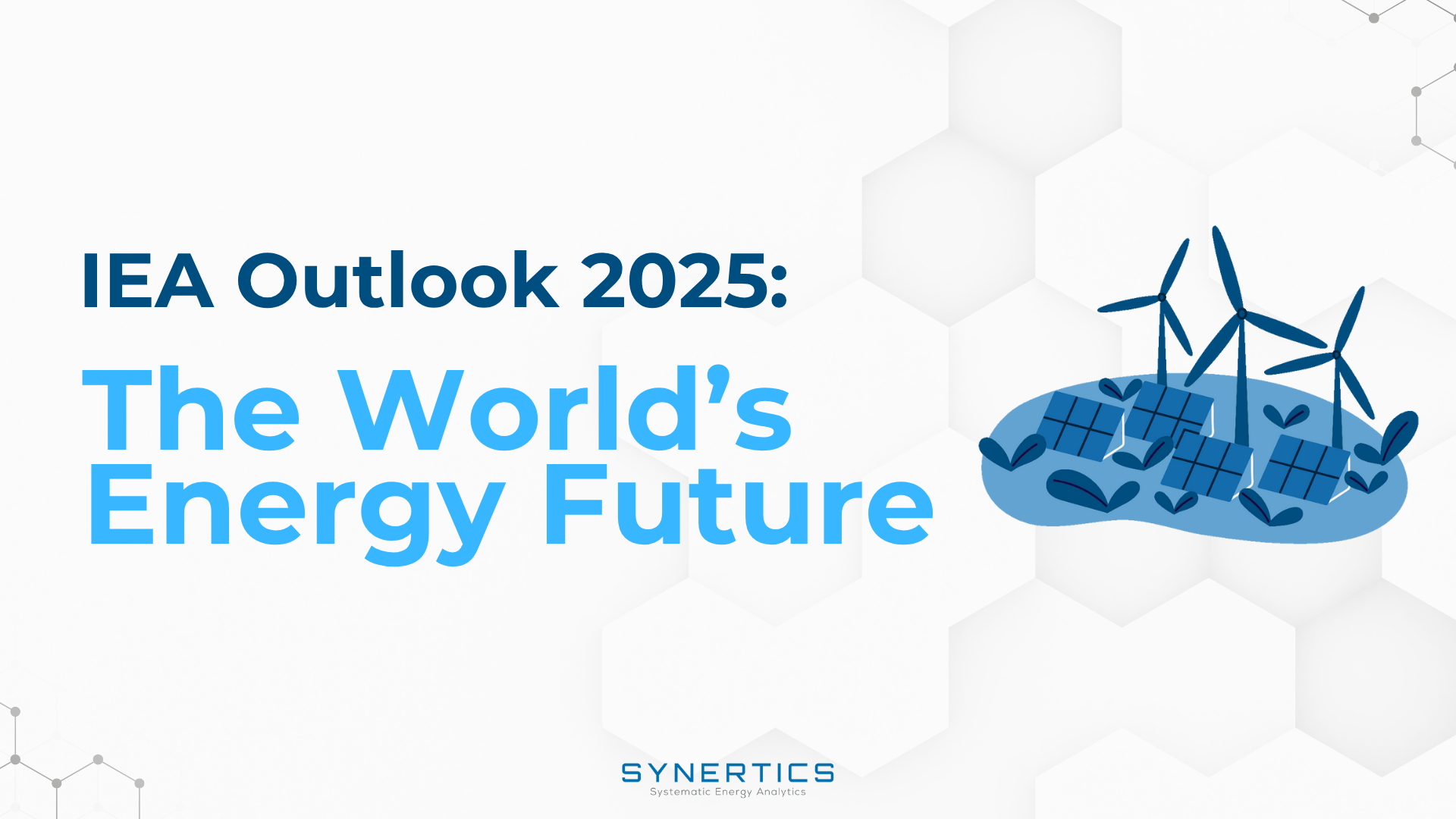Join us on our journey towards renewable energy excellence, where knowledge meets innovation.
Imbalance costs are becoming an increasingly significant expense for renewable energy generators across Europe. Understanding their drivers and route-to-market implications are essential for renewable producers when structuring their Balancing Responsible Party (BRP) contracts, particularly in determining contract duration and the fair value of covering 100% of generation imbalances.
In this article, we examine how imbalances occur and how their prices are calculated. We also identify the main drivers behind balancing costs and explore strategies to mitigate these costs effectively.

Wholesale electricity markets are typically divided into three main stages:
During these stages, the parties responsible for representing a power plant in the organised markets can adjust their expected production by buying or selling electricity based on updated forecasts. The goal is to minimise any deviation between forecasted and actual generation at the time of delivery.
An imbalance occurs when the actual generation at the time of delivery, after accounting for all corrections made in the previous markets, does not match the forecasted volume. In such cases, producers must settle the shortfall or surplus through the imbalance market.
Imbalance prices represent the cost of restoring system stability caused by deviations between scheduled and actual energy delivery, on both the consumption and generation sides. These prices reflect the cost incurred by the system operator to deploy balancing services in real time.
Depending on the country, imbalance pricing mechanisms vary. In some cases, the price includes both upward and downward regulation costs, either by applying a premium or discount to the Day-Ahead Market price or by defining separate prices for upward and downward imbalances. The imbalance cost for a generator or consumer is essentially the difference between the imbalance price and the Day-Ahead Market price.
The imbalance costs borne by generators are influenced by both market dynamics and the characteristics of the selected market aggregator or Balancing Responsible Party (BRP). Below, we explore key market-driven and BRP-related factors that affect the final cost:
Market Drivers
BRP Drivers
Renewable energy generators typically participate in organised electricity markets through third-party market aggregators, also known as Balancing Responsible Parties (BRPs). Depending on the BRP, their responsibilities may include forecasting, bidding, and trading in wholesale markets, and in some cases, providing balancing services if acting as both BRP and Balancing Services Provider (BSP).
The commercial terms for plant representation vary by geography and provider. Charges may consist of fixed and/or variable fees, such as:
The level of exposure to market volatility often depends on the generator's risk appetite. Generators seeking full protection against imbalances, when available, typically pay higher premiums. Fee structures and contract terms also depend on the BRP's trading strategy, portfolio composition, and market access.
To minimise balancing costs, generators should evaluate multiple BRP offers and consider participation in ancillary services. Doing so may lower representation fees while creating additional revenue opportunities.
As imbalance costs rise, assessing revenue structures, contract duration, and market accessibility becomes critical. For generators entering Power Purchase Agreements (PPAs), the negotiation process is growing more complex, as both parties must ensure that PPA and BRP contracts are compliant with each other.
Imbalance costs are becoming a more critical factor for power generators. As the share of renewable energy in the energy mix continues to increase along with reduction of dispatchable energy sources, the system will tend to become more fragile and susceptible to sudden changes in generation, increasing system management costs and ultimately also the costs of managing imbalances.
Generators must carefully evaluate the structure and conditions of their BRP agreements, including exposure to imbalance costs, access to alternative markets and the forecast capabilities and portfolio of BRPs. If PPAs are in place for a specific asset, assessing BRP contracts capable of including cost mitigation strategies can add another layer of complexity.
Would you like to explore how Synertics can help you in tailoring a better BRP deal while ensuring compliance with your PPA? Get in touch with us.

Insights, Market-trends
15th Dec, 2025

Insights
2nd Dec, 2025

Insights
19th Nov, 2025